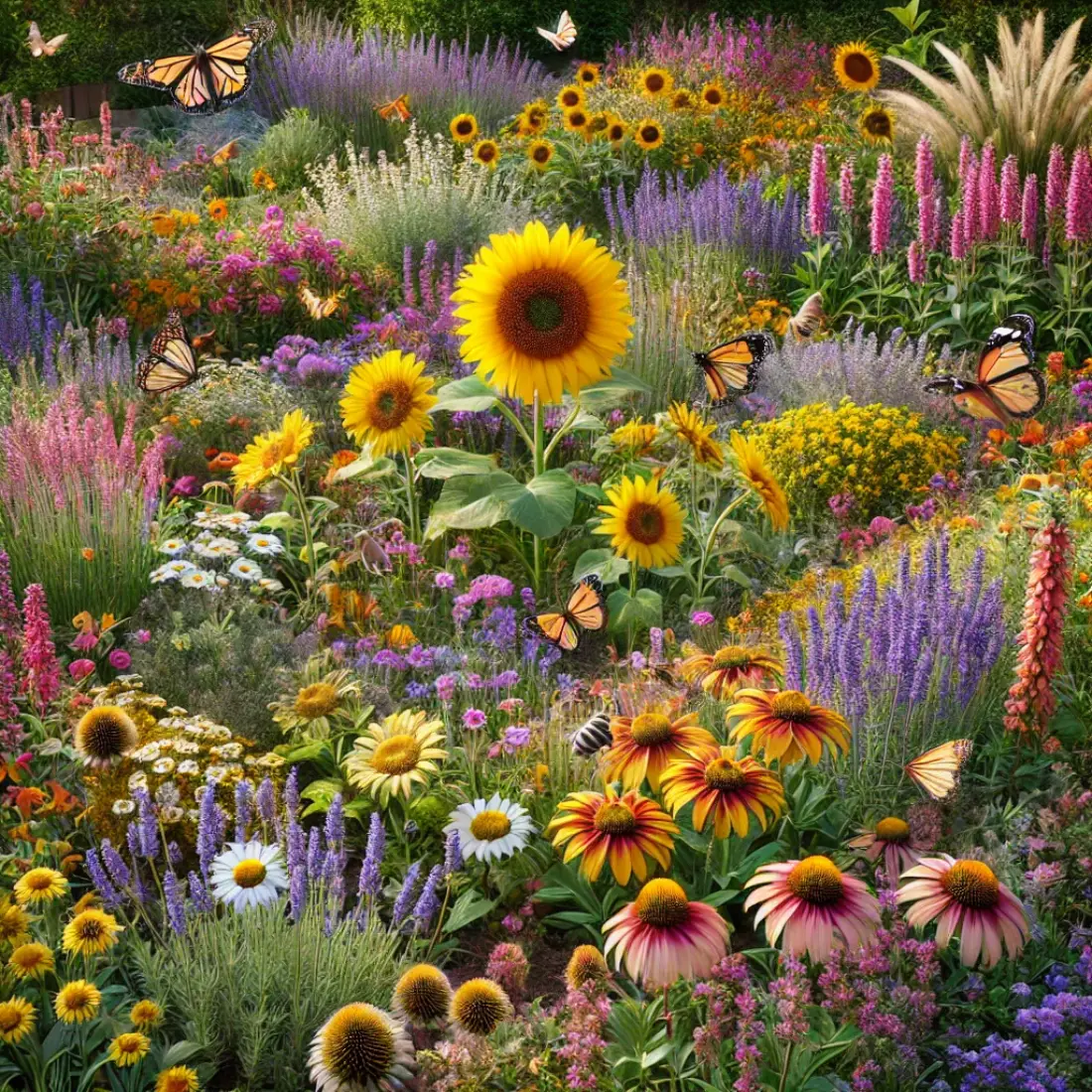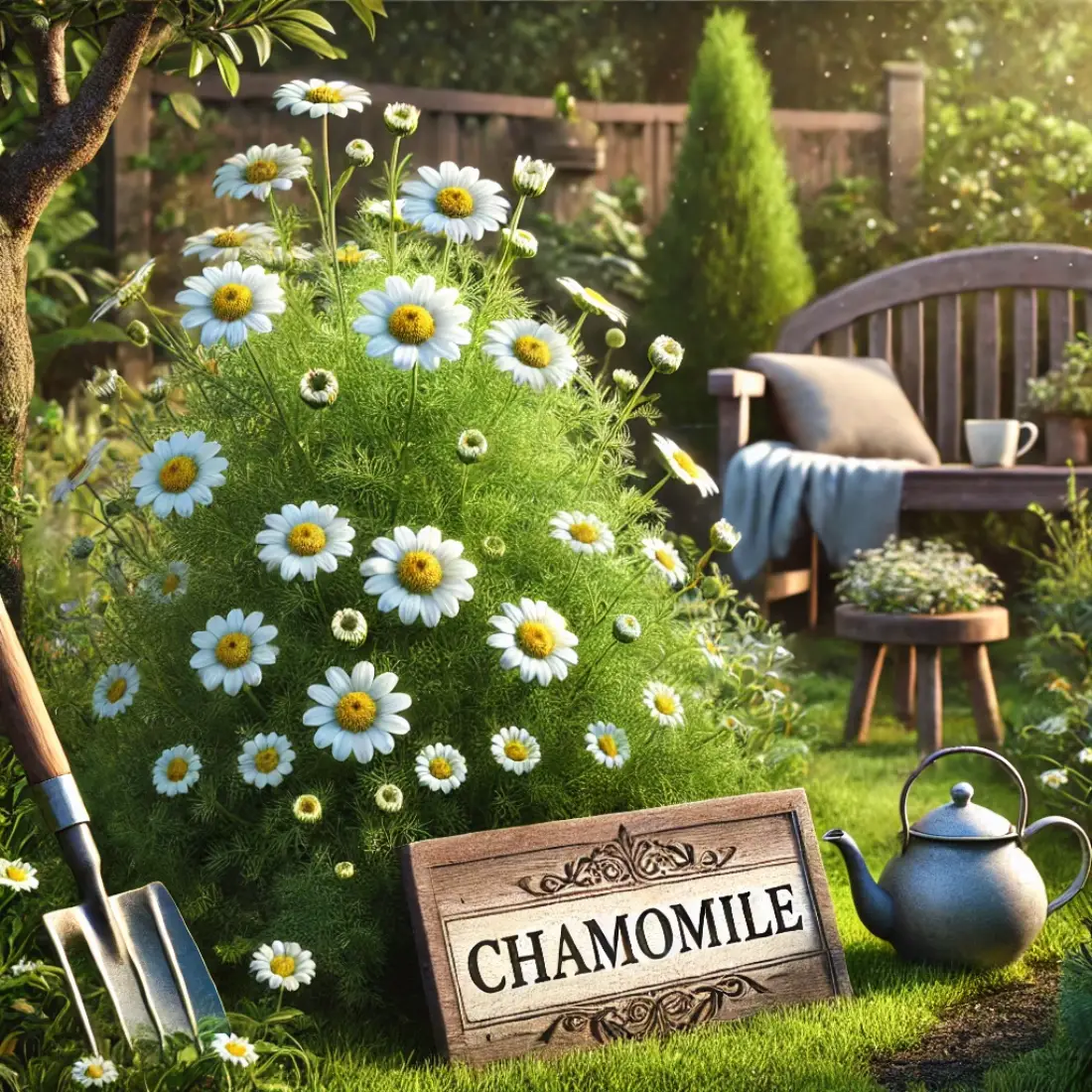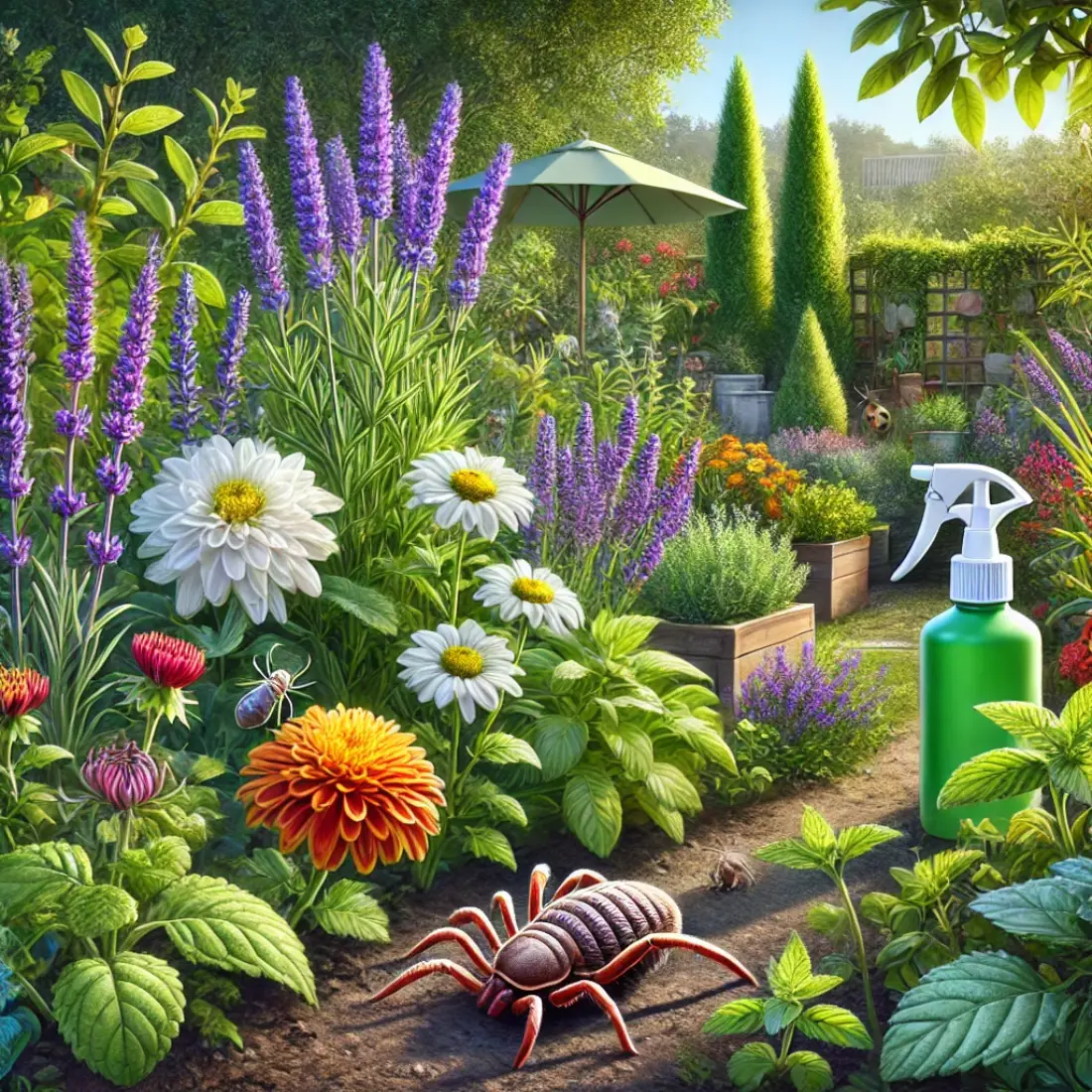Pollinators play a crucial role in our ecosystems and agriculture. They are responsible for the reproduction of over 75% of flowering plants and nearly 75% of our food crops. Without them, many of the foods we love would disappear, and biodiversity would suffer greatly.
Planting specific plants can attract these vital creatures to your garden. By doing so, you can help sustain pollinator populations, support biodiversity, and enjoy a vibrant, thriving garden.
Understanding Pollinators
Pollinators are animals that transfer pollen from flower to flower, aiding plant reproduction. Key pollinators include bees, butterflies, moths, birds, bats, and beetles, each with unique preferences.
Bees prefer brightly colored flowers, especially blue and yellow. Butterflies are attracted to bright, fragrant flowers with flat surfaces like milkweed. Moths, active at night, favor pale or white flowers that open in the evening, such as evening primrose.
Hummingbirds seek tubular, nectar-rich flowers like trumpet vine. Bats pollinate night-blooming flowers, such as agave. Beetles like large, bowl-shaped flowers with fruity or spicy scents, like magnolias.
Top Plants That Attract Pollinators
Creating a pollinator-friendly garden involves choosing the right plants to attract bees, butterflies, and hummingbirds.
Bee-Friendly Plants
Lavender
Lavender is a favorite among bees due to its aromatic scent and vibrant purple flowers. It’s easy to grow and thrives in sunny locations. The long blooming period provides a consistent nectar source for bees throughout the growing season.
Sunflowers
Sunflowers are excellent for attracting bees. Their large, bright yellow flowers are easy for bees to land on, and they produce a significant amount of nectar and pollen. Sunflowers are also relatively easy to grow and can thrive in a variety of soil types.
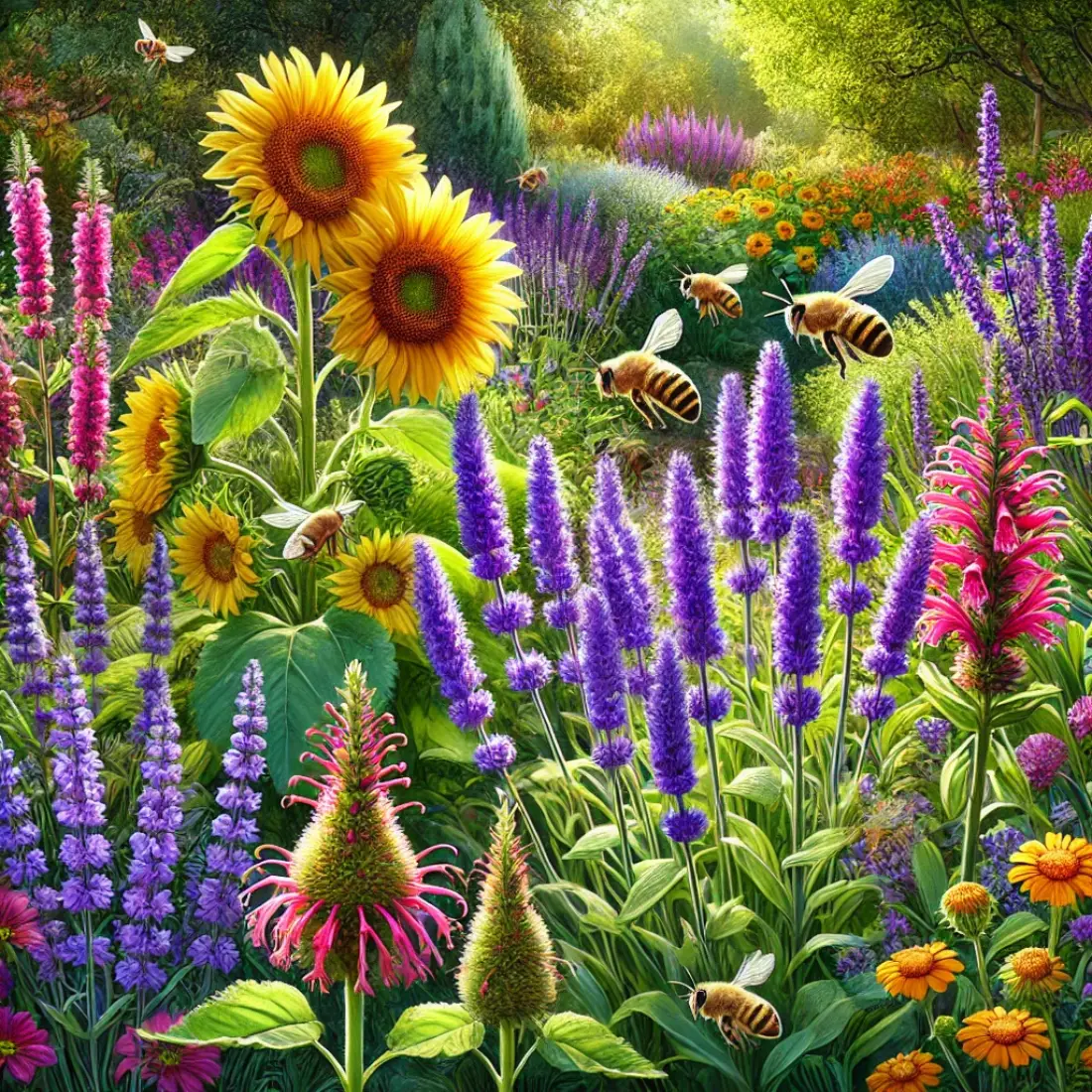
Bee Balm (Monarda)
Bee balm is another excellent choice for attracting bees. Its tubular, fragrant flowers are rich in nectar and come in vibrant colors like red, pink, and purple. Bee balm also attracts hummingbirds and butterflies, making it a versatile addition to any pollinator garden.
Butterfly-Friendly Plants
Milkweed (Asclepias)
Milkweed is essential for attracting monarch butterflies, as it is the only plant where they lay their eggs. Additionally, the flowers provide nectar for various butterfly species. Milkweed is easy to grow and can thrive in various conditions, making it a must-have for butterfly gardens.
Butterfly Bush (Buddleia)
The butterfly bush is renowned for attracting butterflies with its large clusters of nectar-rich flowers. These shrubs bloom from summer to fall and come in various colors, including purple, pink, and white. Planting butterfly bushes can significantly increase butterfly activity in your garden.
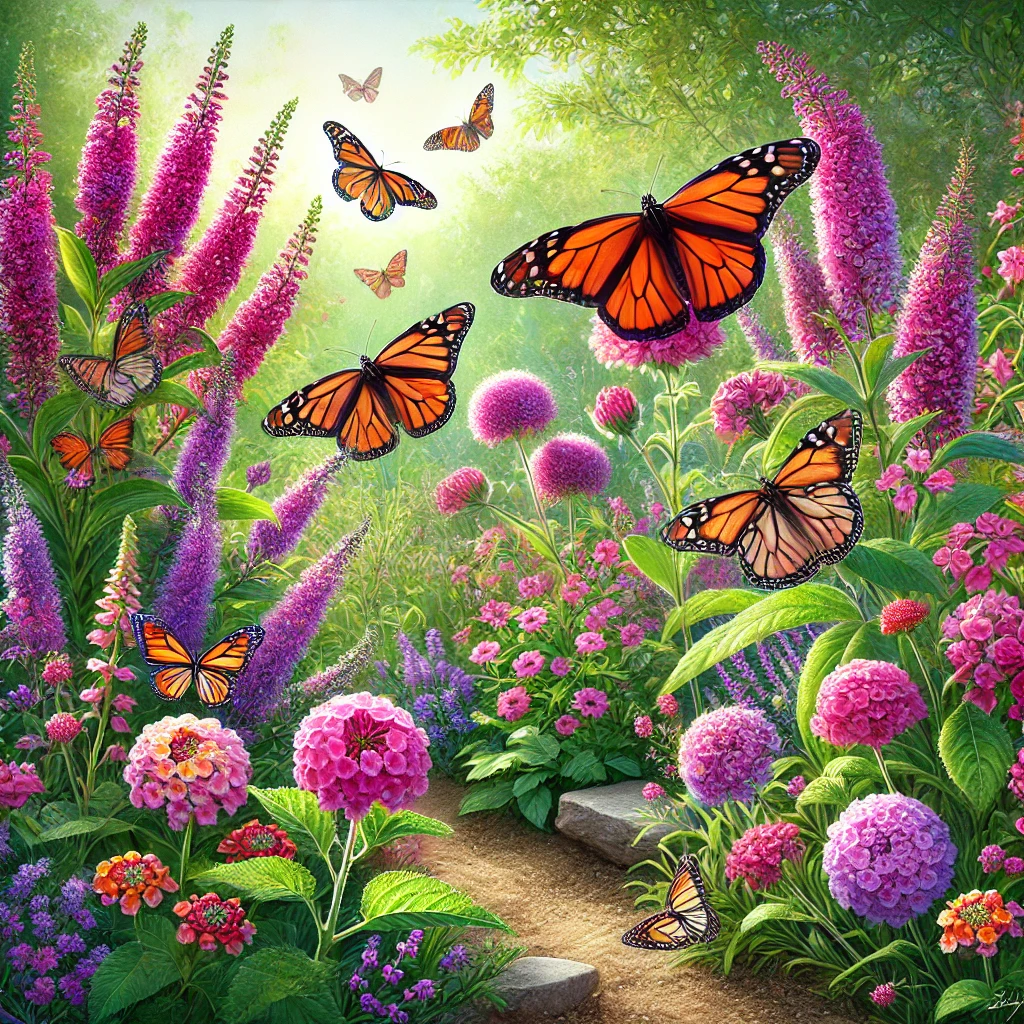
Lantana
Lantana plants are known for their bright, multi-colored flowers that attract many butterfly species. They are drought-tolerant and thrive in sunny locations, making them an excellent choice for gardeners looking to attract butterflies while adding a splash of color to their landscape.
Hummingbird-Friendly Plants
Trumpet Vine (Campsis radicans)
Trumpet vine is perfect for attracting hummingbirds with its long, tubular flowers filled with nectar. The bright orange-red blooms are hard for hummingbirds to resist. This vigorous climber can cover fences, trellises, and arbors, providing a stunning visual display while attracting pollinators.
Salvia (Sage)
Salvia, or sage, is another excellent plant for attracting hummingbirds. Its vibrant, tubular flowers are rich in nectar and come in a variety of colors, including red, purple, and blue. Salvias are easy to grow and can thrive in both garden beds and containers.
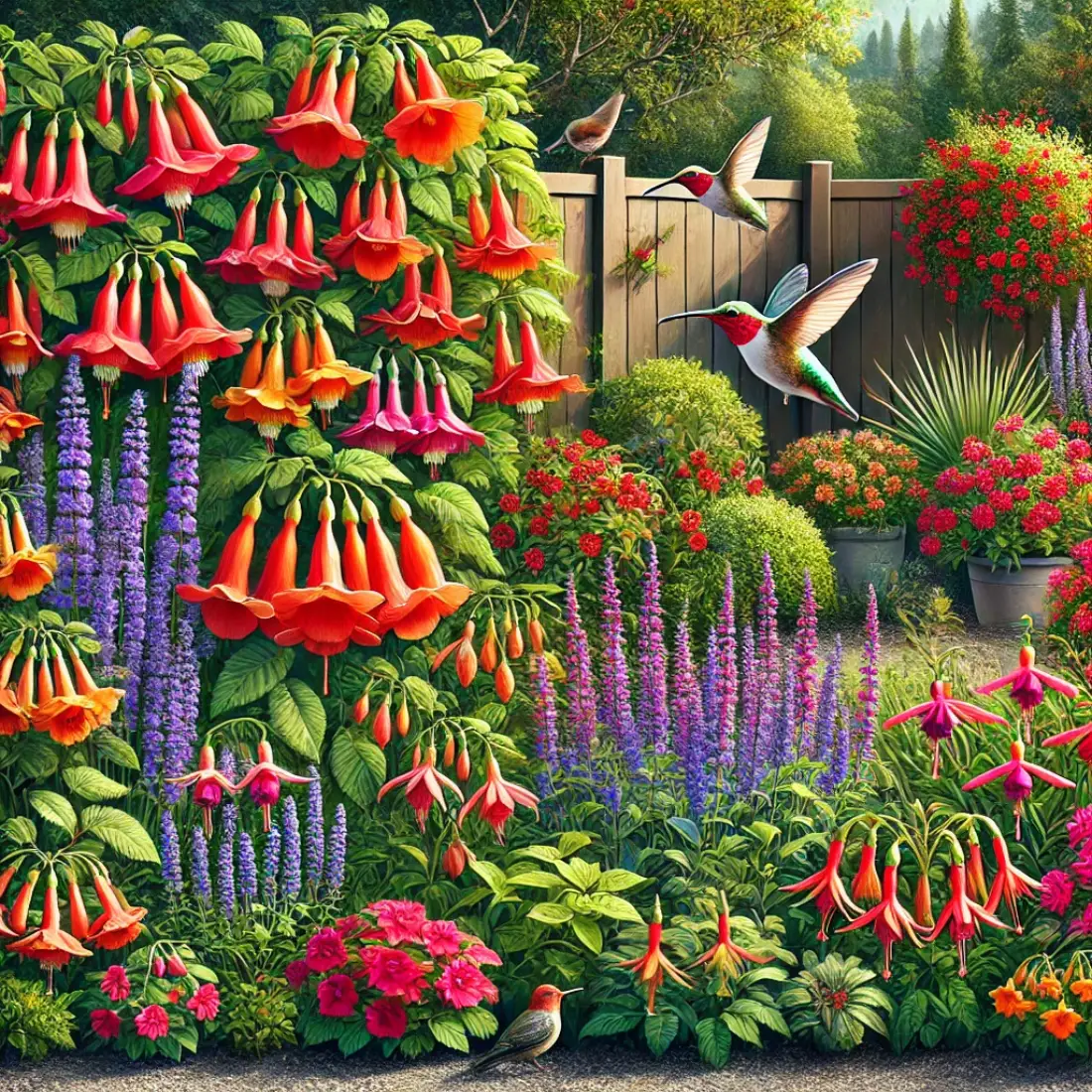
Fuchsia
Fuchsia plants are ideal for attracting hummingbirds due to their hanging, bell-shaped flowers. These flowers are rich in nectar and come in striking colors like pink, purple, and red. Fuchsias prefer partial shade and are perfect for hanging baskets or shaded garden areas.
Moth-Friendly Plants
Evening Primrose (Oenothera)
Evening primrose is a top choice for attracting moths. Its pale yellow flowers open in the evening and release a sweet fragrance that attracts nocturnal moths. This plant is easy to grow and can tolerate various soil conditions.
Jasmine (Jasminum)
Jasmine is renowned for its strong, sweet fragrance, especially at night. The white or yellow flowers open in the evening, making it a perfect attractant for moths. Jasmine is ideal for trellises and walls, adding a beautiful and aromatic touch to your garden.
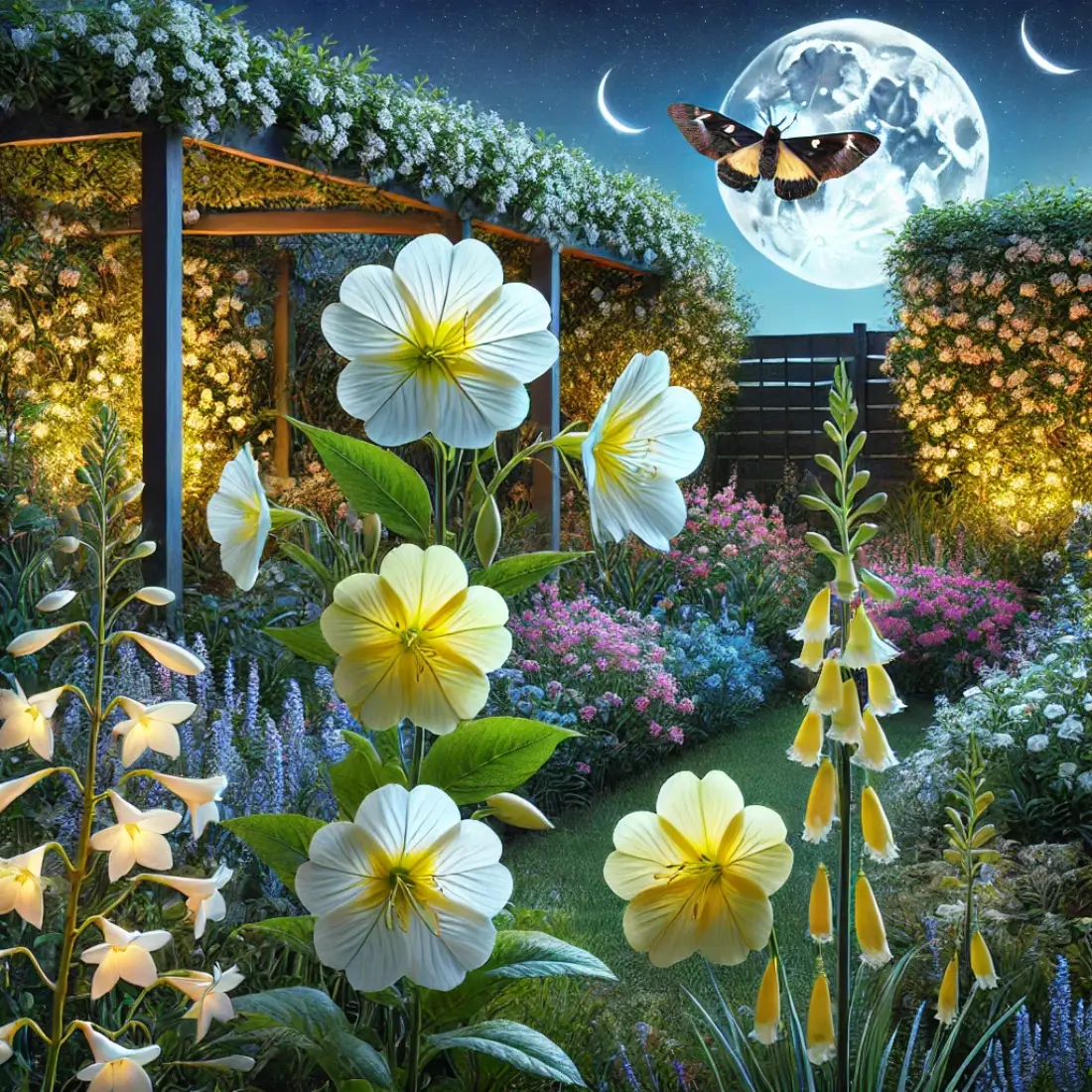
Four O’Clocks (Mirabilis jalapa)
Four o’clocks are named for their habit of blooming in the late afternoon. Their brightly colored, fragrant flowers attract moths and other nocturnal pollinators. These hardy plants are easy to grow and can add vibrant color to your garden in the evening.
Bat-Friendly Plants
Agave (Agave spp.)
Agave plants are excellent for attracting bats, particularly the long-nosed bats, which are vital pollinators in desert ecosystems. Agave flowers open at night and produce a significant amount of nectar. These plants are also drought-tolerant and thrive in arid conditions.
Banana (Musa spp.)
Banana plants are bat-pollinated in many tropical regions. Their large, tubular flowers open at night and emit a sweet fragrance that attracts nectar-feeding bats. While bananas need a warm climate, they can be grown in containers in cooler areas.

Saguaro Cactus (Carnegiea gigantea)
The saguaro cactus produces large, white flowers that bloom at night, attracting bats with their nectar. This iconic cactus is native to the Sonoran Desert and requires very little water, making it a unique and low-maintenance addition to a pollinator garden.
Beetle-Friendly Plants
Magnolia (Magnolia spp.)
Magnolias are ancient plants that evolved alongside beetles, making them ideal for attracting these pollinators. Their large, bowl-shaped flowers produce a strong, fruity scent that beetles find irresistible. Magnolias are also visually stunning, adding elegance to any garden.
Spicebush (Lindera benzoin)
Spicebush is a native shrub that attracts various beetles with its small, yellow flowers. It also provides food and habitat for spicebush swallowtail butterflies. Spicebush is adaptable to different soil types and thrives in shaded areas.
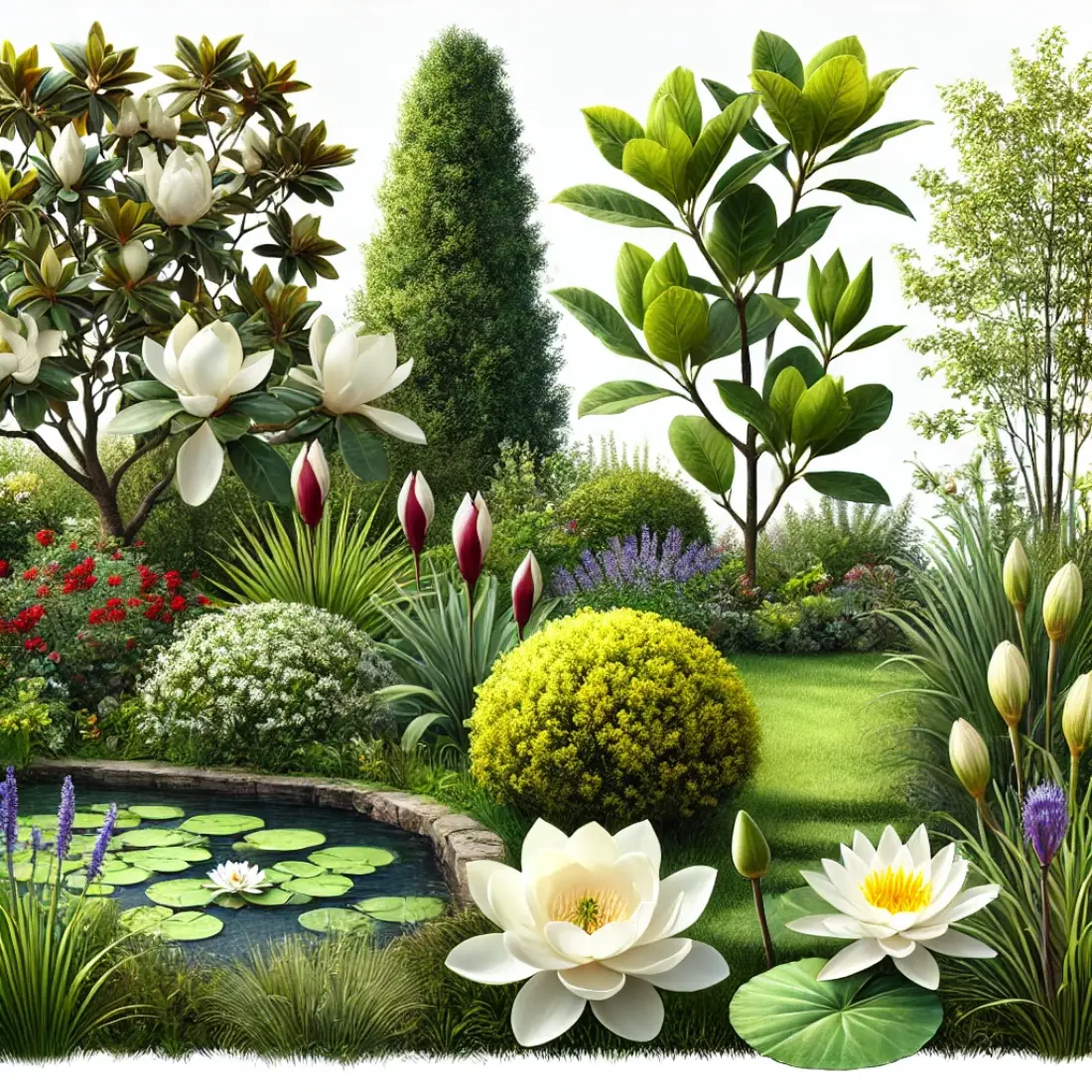
Water Lily (Nymphaea spp.)
Water lilies are excellent for attracting beetles. Their large, floating flowers provide an easy landing spot and emit a strong fragrance that beetles love. Water lilies can be grown in ponds or large containers, adding beauty and biodiversity to water features in your garden.
Planting and Care Tips for Pollinator-Friendly Gardens
Creating a thriving pollinator-friendly garden requires thoughtful planning and care. Here are some essential tips to help you attract and support pollinators:
Choosing the Right Location: Select a sunny spot for your pollinator garden, as most pollinator-friendly plants thrive in full sun. Ensure the area has well-draining soil to prevent waterlogging, which can harm plants.
Plant Diversity: Incorporate a variety of plants to attract different pollinators. Mix flowering plants of various shapes, colors, and bloom times to provide a continuous nectar source throughout the growing season. Native plants are especially beneficial, as they are well-adapted to local pollinators.
Planting in Groups: Plant flowers in clusters rather than scattering them. Grouping plants together makes it easier for pollinators to find and feed on them efficiently. Aim for groups of at least three to five plants of the same species.
Organic Gardening: Avoid using pesticides and chemical fertilizers, as they can harm pollinators. Opt for organic gardening practices instead. Use natural pest control methods like introducing beneficial insects (e.g., ladybugs and lacewings) to keep pests in check.
Providing Water Sources: Pollinators need water for hydration. Include a shallow water source in your garden, such as a birdbath with rocks for perching or a shallow dish filled with water and pebbles. Change the water regularly to keep it clean and mosquito-free.
Shelter and Habitat: Provide shelter for pollinators by including plants of various heights and structures. Consider adding elements like rock piles, brushwood, and nesting sites. Leave some areas of bare soil for ground-nesting bees.
Regular Maintenance: Regularly deadhead flowers to encourage more blooms and remove spent flowers. Mulch your garden to retain moisture, suppress weeds, and improve soil health. Prune plants as needed to maintain their shape and health.
Creating a Year-Round Pollinator Garden
To support pollinators throughout the year, it’s essential to plan a garden that provides continuous blooms and resources. Here’s how to create a year-round pollinator garden:
Seasonal Planting: Choose plants that bloom at different times of the year to ensure there’s always a food source available for pollinators. Early spring flowers like crocuses and hellebores provide nectar when few other plants are in bloom. Summer blooms like coneflowers and lavender keep pollinators fed during peak seasons. In the fall, asters and goldenrods extend the blooming period.
Succession Planting: Implement succession planting to replace plants as they finish blooming. This practice keeps your garden vibrant and attractive to pollinators. For example, after spring bulbs fade, plant summer annuals like zinnias and cosmos to take their place.
Native Plants: Incorporate native plants, which are well-adapted to local pollinators and require less maintenance. Native plants like milkweed for butterflies and bee balm for bees provide essential resources and support the local ecosystem.
Winter Interest: Don’t forget winter. Evergreen shrubs and plants like winter heath can provide shelter and food sources during the colder months. Leaving some garden debris, such as fallen leaves and stems, can also offer habitat and protection for overwintering pollinators.
FAQs about Plants That Attract Pollinators
What are the best plants to attract bees?
The best plants to attract bees include lavender, sunflowers, and bee balm. These plants provide ample nectar and pollen, which are essential for bees’ survival and productivity.
How can I attract butterflies to my garden?
To attract butterflies, plant milkweed, butterfly bush, and lantana. These plants offer nectar and suitable surfaces for butterflies to feed and lay their eggs.
What plants attract hummingbirds?
Hummingbirds are drawn to trumpet vine, salvia, and fuchsia. These plants have tubular flowers that are rich in nectar, making them perfect for hummingbird feeding.
Are there specific plants that attract moths?
Yes, evening primrose, jasmine, and four o’clocks are excellent for attracting moths. These plants bloom in the evening and emit fragrances that moths find irresistible.
What can I do to support bats in my garden?
To attract bats, plant agave, banana, and saguaro cactus. These plants have night-blooming flowers that provide nectar for bats. Additionally, consider installing bat houses to offer shelter.
Which plants are best for attracting beetles?
Magnolia, spicebush, and water lily are great for attracting beetles. These plants have large, open flowers with strong scents that appeal to beetles.
How can I ensure my garden attracts pollinators year-round?
To attract pollinators year-round, plant a variety of flowers that bloom in different seasons. Include early spring flowers like crocuses, summer blooms like coneflowers, and fall flowers like asters. Incorporate evergreen plants for winter interest.
What are the benefits of using native plants in a pollinator garden?
Native plants are well-adapted to local pollinators and ecosystems. They require less maintenance, provide essential resources, and support local biodiversity more effectively than non-native species.
How can I create a water source for pollinators in my garden?
Provide a shallow water source, such as a birdbath with rocks for perching or a shallow dish filled with water and pebbles. Regularly change the water to keep it clean and free of mosquitoes.
What are some organic gardening practices to support pollinators?
Avoid using pesticides and chemical fertilizers. Use natural pest control methods, such as introducing beneficial insects, companion planting, and using organic compost. These practices help maintain a healthy environment for pollinators.

